A trip for tasting: the top 10 traditional foods of the Canary Islands
Planning a holiday to the Canary Islands? Check out our essential culinary guide to the must-try traditional foods of Tenerife, Lanzarote, La Gomera and Gran Canaria.
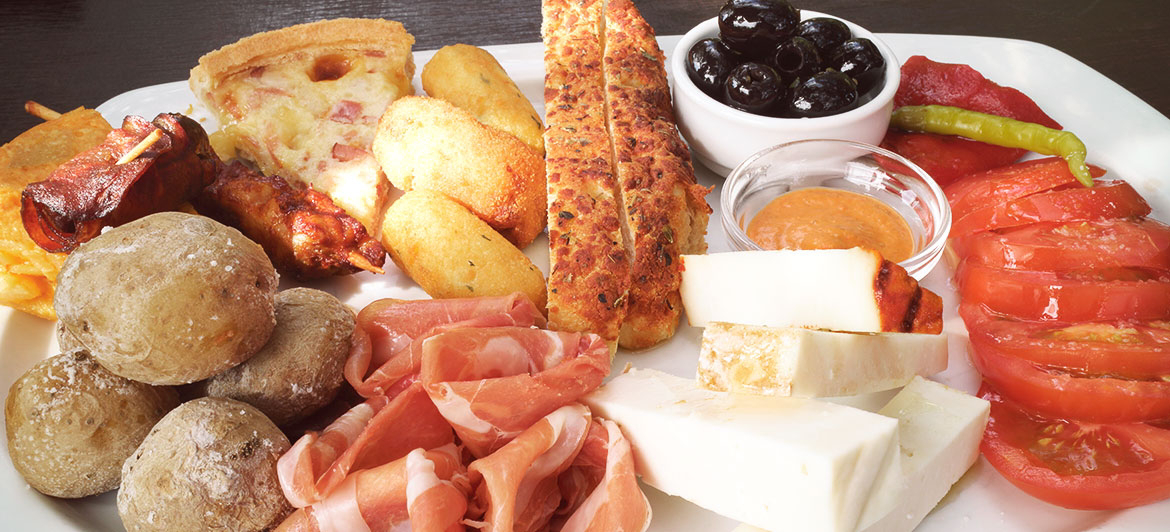
Eat like the locals in the Canary Islands
The fine dining scene in the Canary Islands has transformed in recent years with Tenerife blazing the trail to bring a new wave of cuisine focused on rediscovering age-old traditional Canarian recipes for thoroughly modern restaurant experiences. Freshness and authenticity are the buzz words for today’s discerning consumers for whom dining is as much about the experience as it is about the quality of the dishes on the menu.
On Tenerife, the island known as ‘Eternal Spring’, thanks to its gloriously temperate year-round climate, innovation is riding high with all eyes on the Padrón brothers’ latest culinary venture - Maresía, at the new Royal Hideaway Corales Resort. Juan Carlos and Jonathan Padrón, the dream duo behind the restaurant El Rincón de Juan Carlos, which earned a Michelin star last year, are preparing to elevate traditional island fayre to a whole new league.
Restaurant critics of international renown and locals alike are hungry for the official opening of Maresía, where the brothers will unveil their dishes inspired by childhood memories of the island and its rich traditions in a sumptuous dining room styled to celebrate and connect with its local identity.
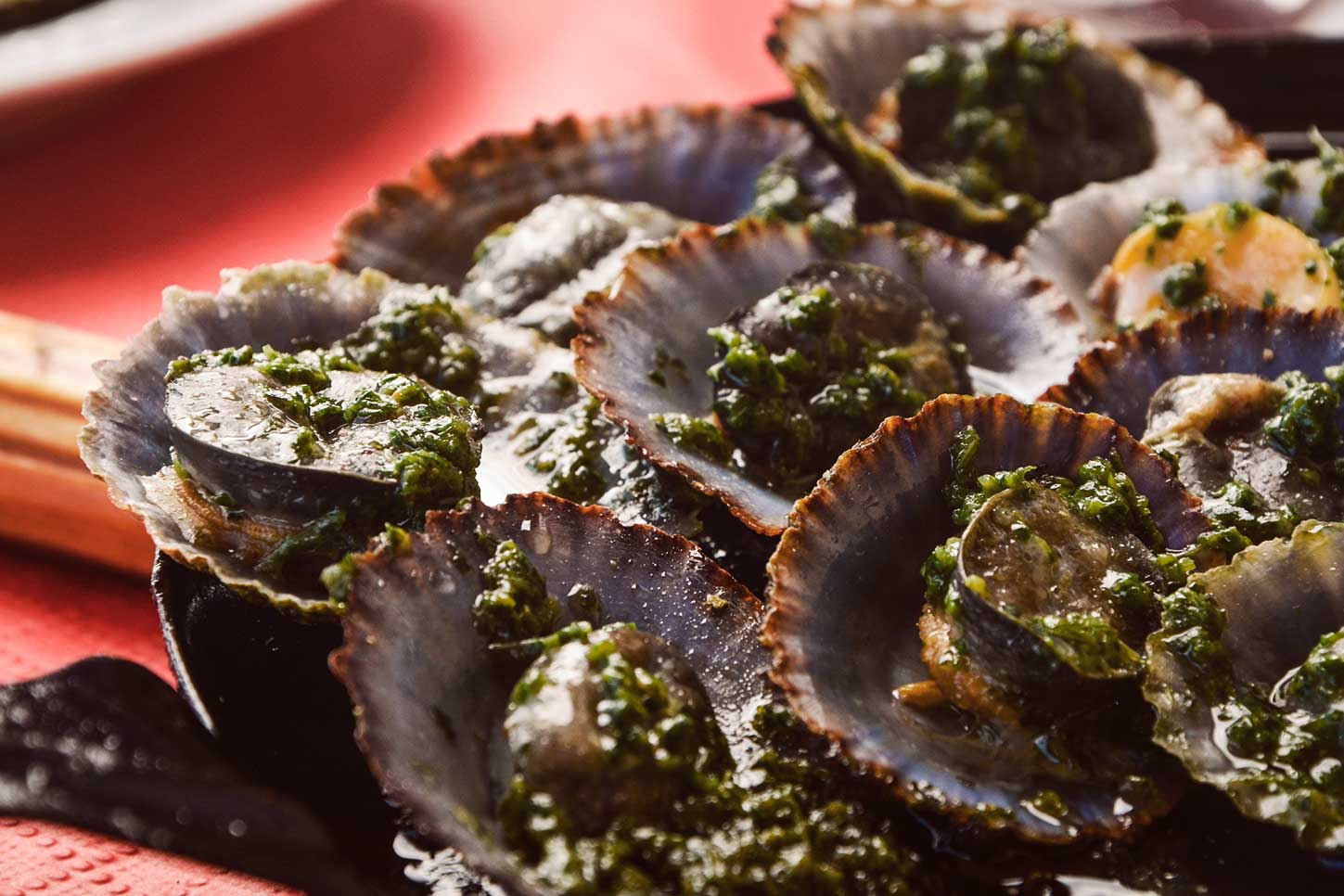
For many British travellers, Spanish food is synonymous with tapas, paella and the catch of the ocean. So, what are the foods and dishes that are unique to the Canary Islands and ripe for reinvention by these talented chefs?Situated close to the west coast of Africa, The Canary Islands were for centuries the crossroads between Europe and America, creating a melting pot of cultural culinary influences, in addition to its volcanic soils that give its home-grown produce such a unique flavour.
Traditional Canarian food can be described in two words: simple and delicious. With the emphasis on freshness, everyday Canarian dishes comprise grilled meats or fish (tuna, parrot fish, vieja, swordfish, sea bass), soups, stews and vegetables - many of which are surprisingly hearty.
The best way to discover an authentic culinary experience is to eat like - and eat with - the locals. Head to downtown tavernas, family-run restaurants in villages off the tourist track, and sample street food and café fayre when you’re out sightseeing to taste the delicacies and traditional dishes they love the most.
Yes, you can, of course, nibble your way through a sumptuous feast of tapas dishes - the quality and sheer variety of which is a match for Madrid and other mainland destinations, with the offering in Tenerife particularly good, but leave room for the fruits of these islands! Check out the Canary Islands Tourist Information website for travel tips for each island.
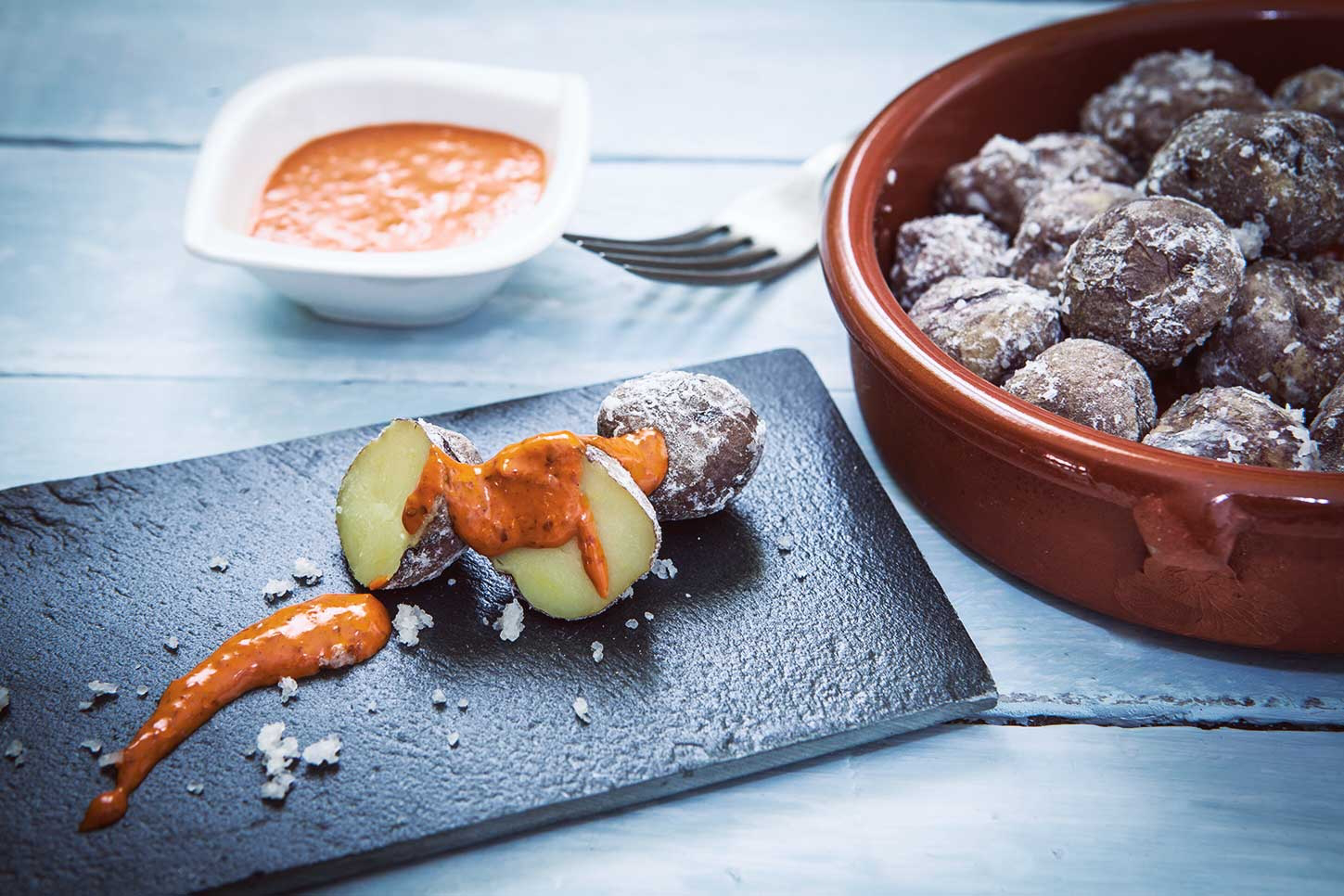
Top 10 must- try dishes Canarian dishes
- Papas arrugadas
- Rancho canario
- Ropa Vieja
- Pollo al salmorejo and Conejo al salmorejo
- Baifo
- Adobo de cerdo
- Gofio
- Sancocho canario
- Queso de cabra
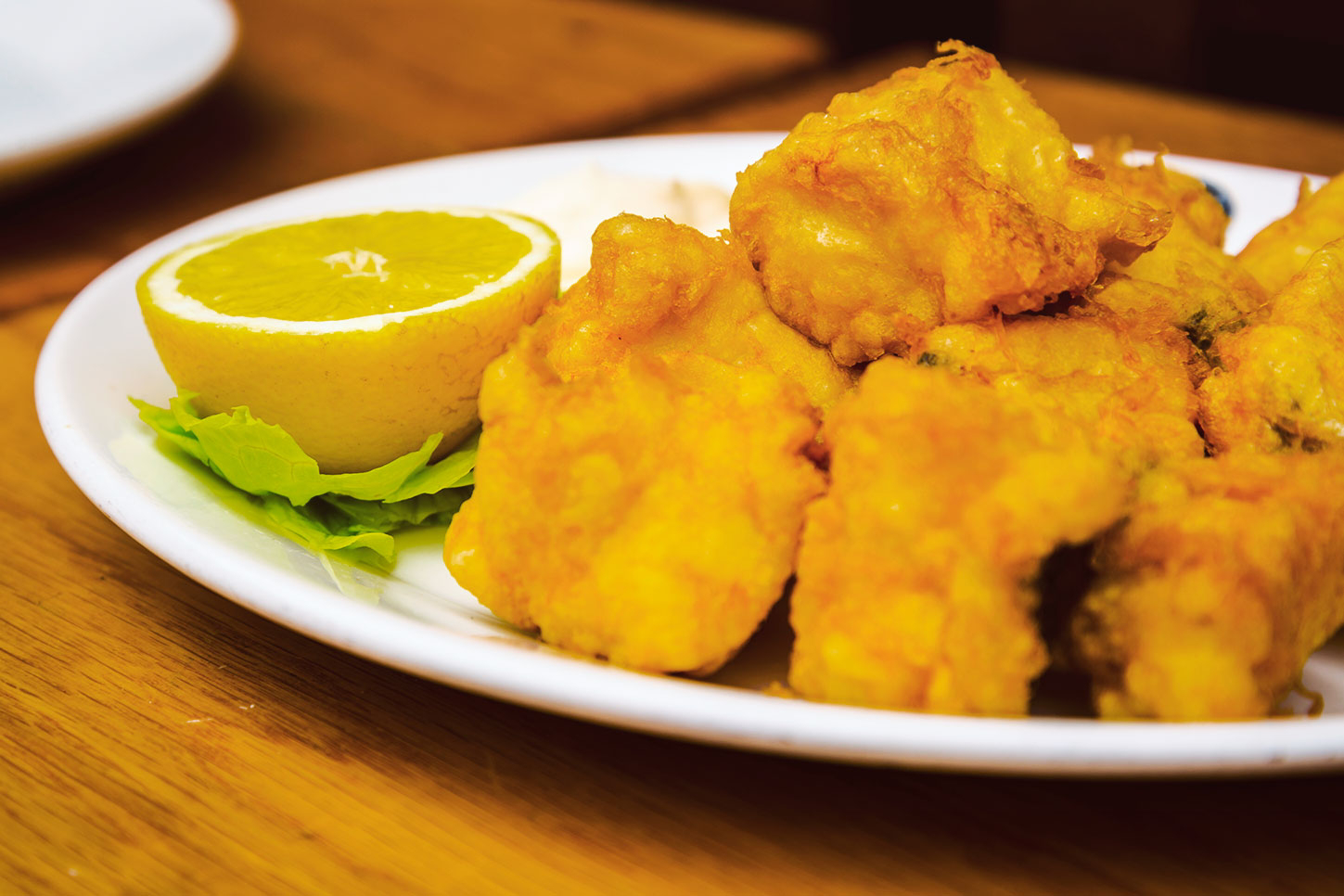
- Bienmesabe
The buzz about Tenerife’s bees
Love a little honey in your herb tea or on toast or yogurt for breakfast? Don’t miss out on sampling Tenerife’s extraordinary range of delicious nectars. The most unique and exquisite is arguably the honey made with pollen from the tajinaste plant, which blooms from May to June in the Mt Teide volcano crater. Other varieties include multi-flower coastal, hill and mountain honeys and special honeys from chestnut and avocado trees. A sweet treat to take home as a gift or to enjoy yourself.
The nectar of La Gomera
While Miel de Palma literally translates as ‘honey of Palma’, confusingly, it’s not a honey and it doesn’t come from the Canarian island of La Palma! It’s a sauce made from the sap of palm trees and it’s made on the island of La Gomera. Miel de Palma is used as a versatile cooking ingredient and it’s also a delicious condiment served with cheese, meats and sweet desserts on all of the islands.
Book your summer holiday in the Canary Islands now - and enjoy 20% off selected breaks for summer 2018.



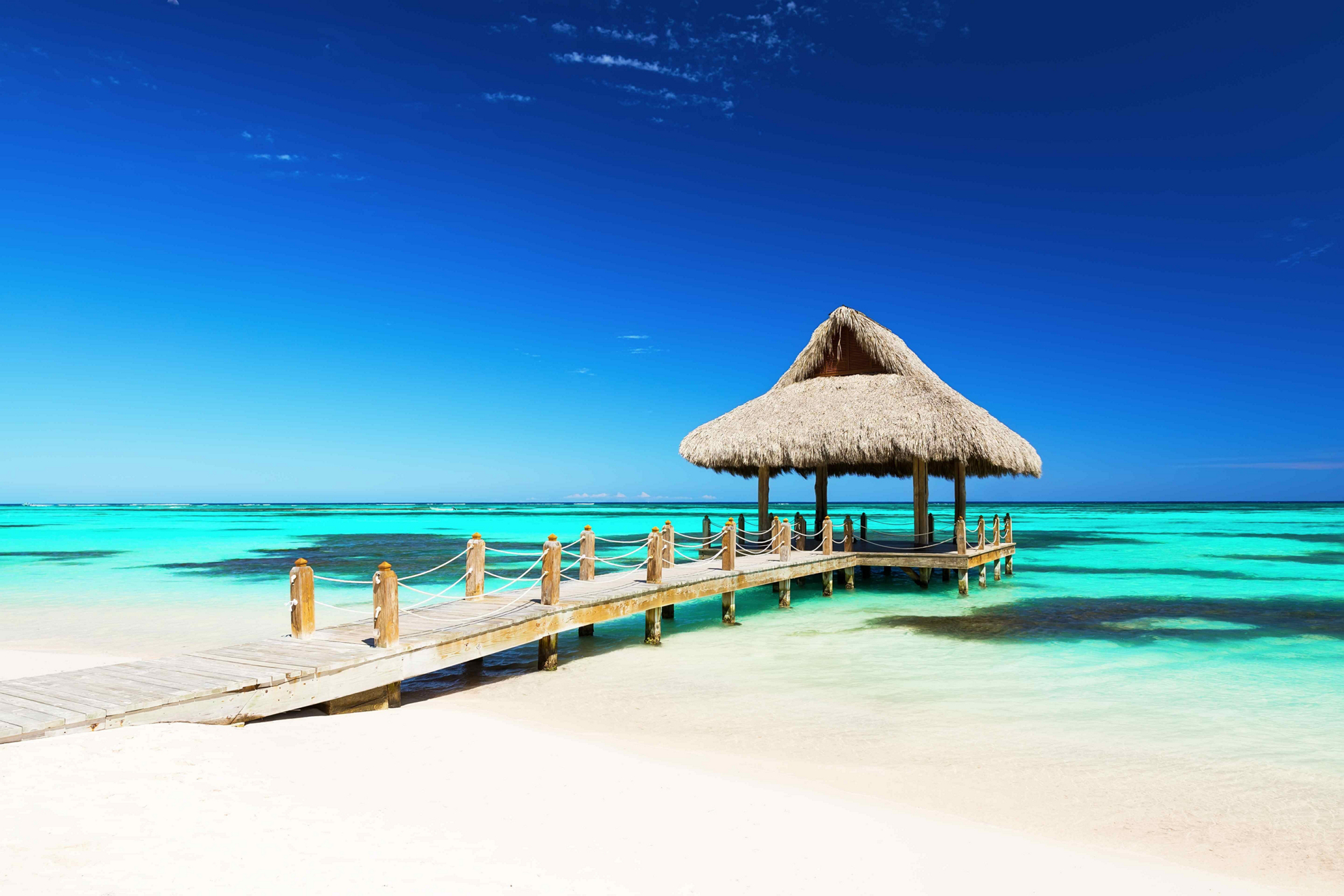

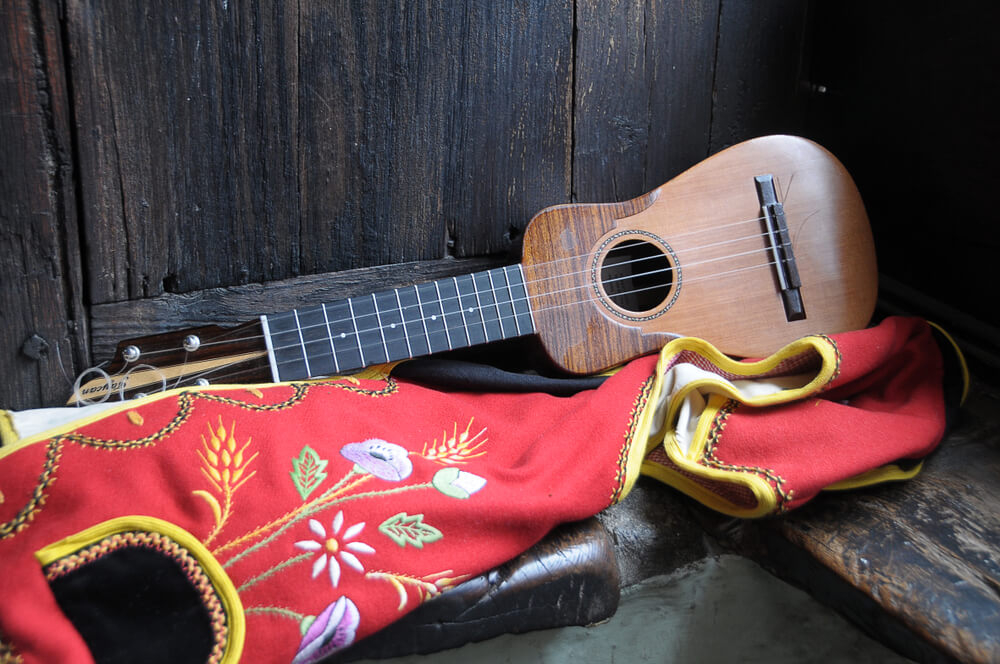
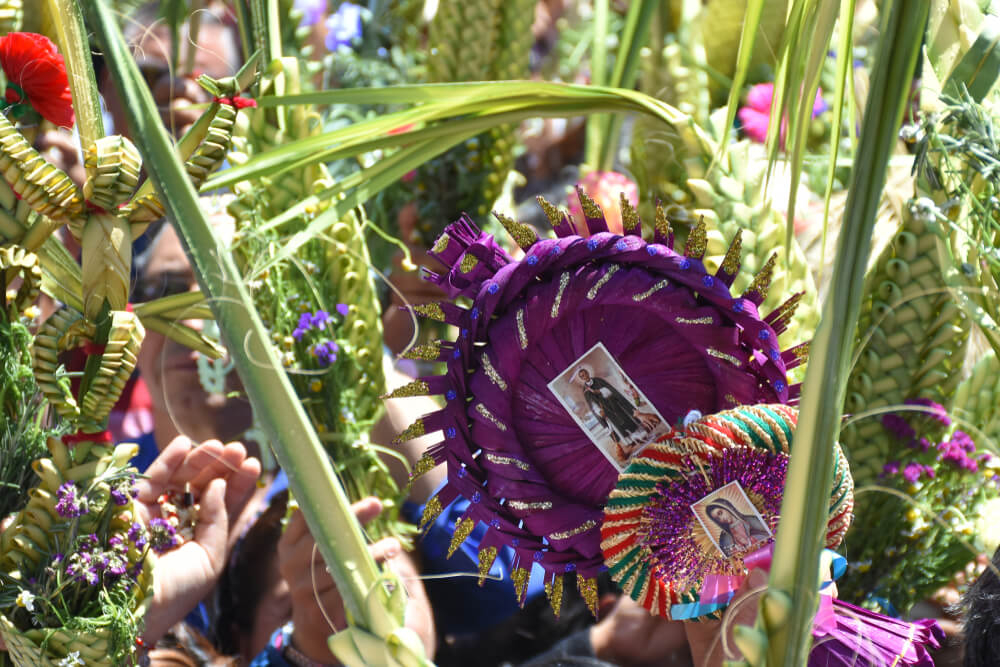


_435x320?&)
